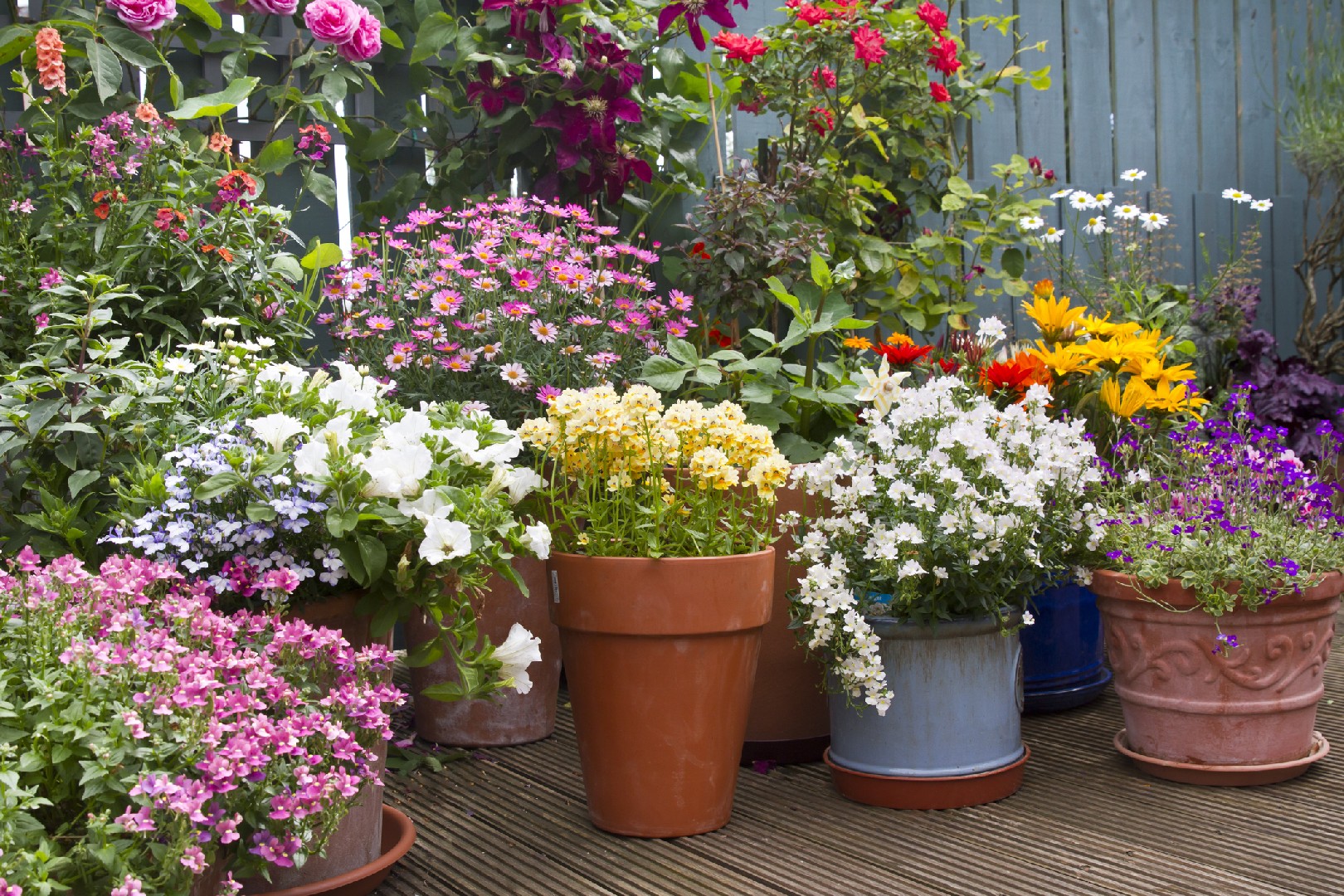![Rectangle]()
Understanding Perennials and Annuals
Perennials and annuals are two types of plants commonly used in patio and balcony container combinations. Understanding their characteristics and lifecycles can help you design the perfect arrangements for your outdoor spaces.
Perennials are plants that live for more than two years. They are known for their longevity and recurring nature. Once planted, perennials continue to grow and bloom for many years, making them a great investment for your garden. Unlike annuals, which typically die at the end of the growing season, perennials go dormant during the winter months and come back to life in the spring. This means you can enjoy their beauty year after year without having to replant them.
One of the key advantages of using perennials in your container combinations is their ability to provide a stable structure and form. Because they come back each year, they can act as anchor plants, providing a sense of permanence and structure to your arrangements. Perennials also come in a wide variety of shapes, sizes, and colors, allowing you to create visually interesting and dynamic displays. Some popular perennial choices for containers include lavender, sunflowers, and roses.
Annuals, on the other hand, complete their lifecycle in just one year. They are known for their vibrant colors and seasonal variance, making them perfect for adding pops of color to your patio or balcony. Annuals grow quickly and produce abundant flowers, creating a stunning display of color all season long. Unlike perennials, annuals do not come back the following year, so you will need to replant them each season.
Using annuals in your container combinations allows you to experiment with different colors and textures every year. You can create bold and vibrant displays by mixing different annual varieties or create a more subtle and cohesive arrangement by using a single color palette. Some popular annual choices for containers include petunias, zinnias, and marigolds.
Incorporating both perennials and annuals in your container combinations can provide a dynamic and ever-changing display. By combining the stability and structure of perennials with the vibrant colors and seasonal variance of annuals, you can create visually stunning and long-lasting arrangements. Experiment with different combinations, textures, and heights to create a unique and personalized outdoor space.
To ensure the success of your patio and balcony container combinations, it is important to choose plants that have similar water, light, and soil requirements. Consider the size and growth habit of each plant, and make sure they will have enough space to grow and thrive. Regularly monitor and adjust watering and fertilizing routines to meet the specific needs of your plants.
By understanding the characteristics and lifecycles of perennials and annuals, you can create beautiful and thriving container combinations for your patio or balcony. Whether you prefer the stability and structure of perennials or the vibrant colors and seasonal variance of annuals, there are endless possibilities for designing the perfect outdoor space.





